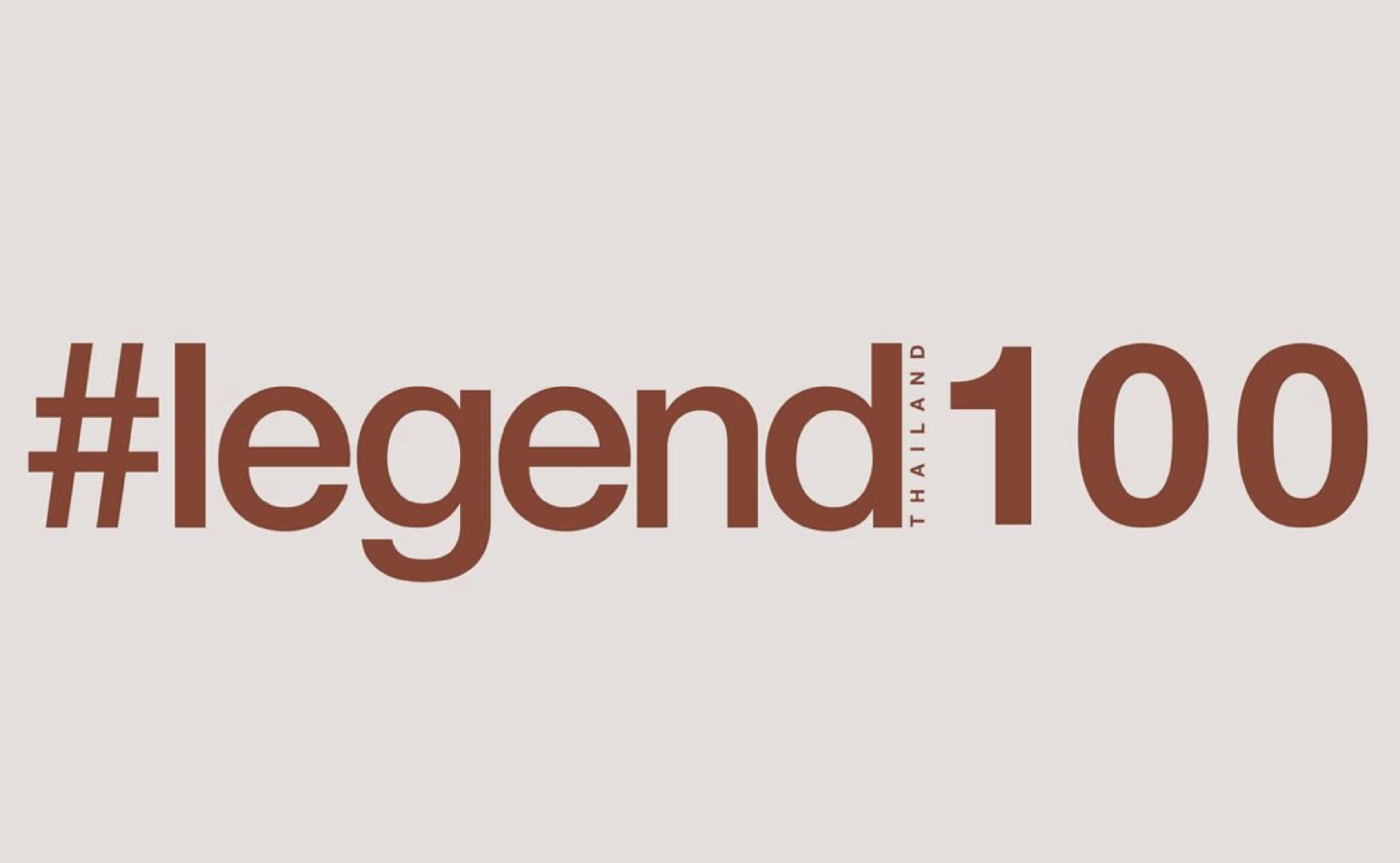Pride Month: A Showcase of LGBTQIA+ Creativity and Contributions to the Fashion World
Author: Kantinan Srisan | Photographer: -
Jun 20, 2024
“…As is well known, June is a culturally significant month due to Pride Month, which consistently brings excitement and visibility. This period features grand parades, campaigns from various brands championing sexual diversity, and numerous movements advocating for equality. To participate in celebrating Pride Month and sexual diversity, #Legend_th highlights key events in the fashion world that would not have been possible without the inspiration and contributions of the LGBTQIA+ community, who are crucial drivers of innovation in the industry…”

Gender-fluid
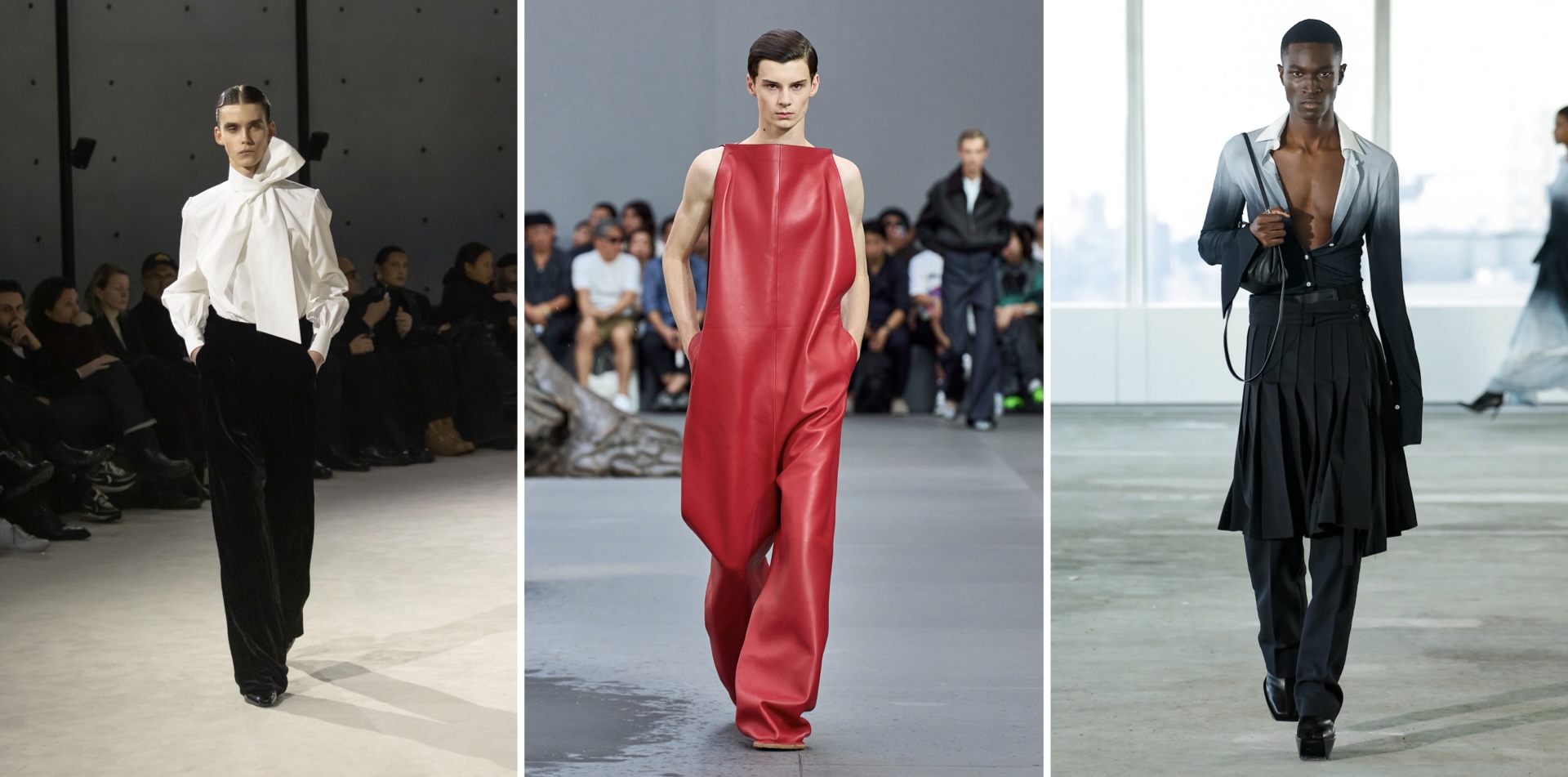
Image courtesy of Saint Laurent, Loewe, Peter Do
One of the clearest evidence of this is the emergence of the trend of Gender Fluidity. Simply put, it refers to dressing without adhering to traditional gender norms. Men are no longer confined to only menswear, while women are not obligated to dress in a conventionally feminine manner. Especially as personal identity has become more significant than societal norms from the past, many contemporary designers have created collections with a gender-fluid essence. Examples include Saint Laurent by Anthony Vaccarello, Loewe, Jonathan Anderson, Peter Do, and many more.
The birth of Camp
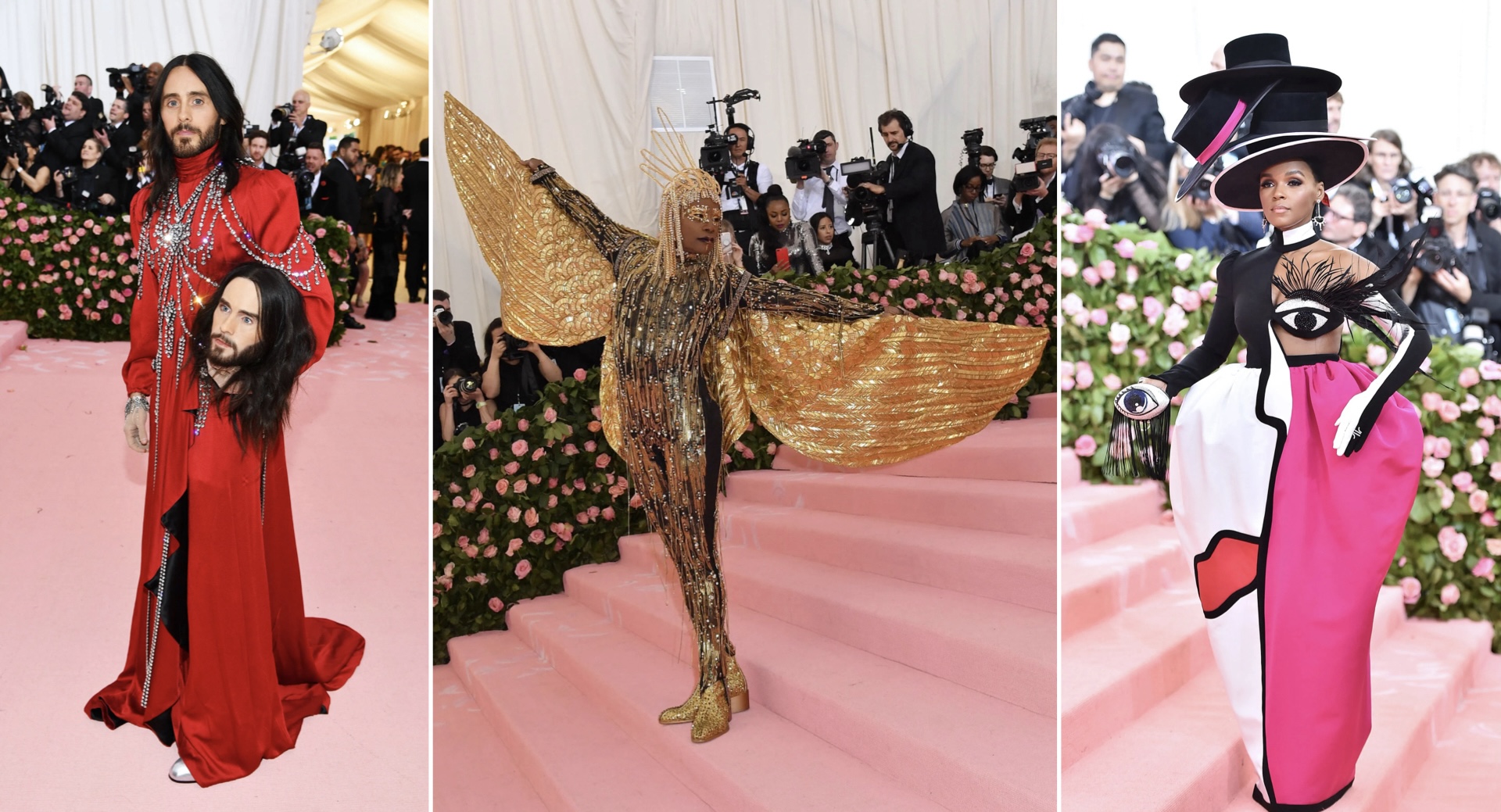
Image courtesy of Vanity Fair
The concept of "Camp" in the minds of many is often associated with extravagant and opulent styles, typically seen at luxurious parties or galas, always leaving a lasting impression. However, the term "Camp" or the Camp style actually originated as homosexual slang, first recognised in 1909. In Italian, it carries the meaning of doing something exceptionally outstanding. Camp has long been a part of homosexual culture from the past to the present. This distinctive culture has gained even more prominence due to the increased social openness towards sexual diversity, allowing the unique Camp style to transcend beyond just the LGBTQIA+ community.
Today, Camp is embraced in mainstream fashion, creating extraordinary outfits for special occasions, as seen in numerous global galas. Notably, the Met Gala in 2019 significantly elevated the perception of Camp style, making it widely recognised and accepted by people of all genders and sexual orientations. This widespread acceptance and recognition would not have been possible without the pioneering influence of the LGBTQIA+ community.
“I wouldn’t say camp is synonymous with queer, but I would say that you can’t have camp without queer.”
Erique Zhang
The rainbow force
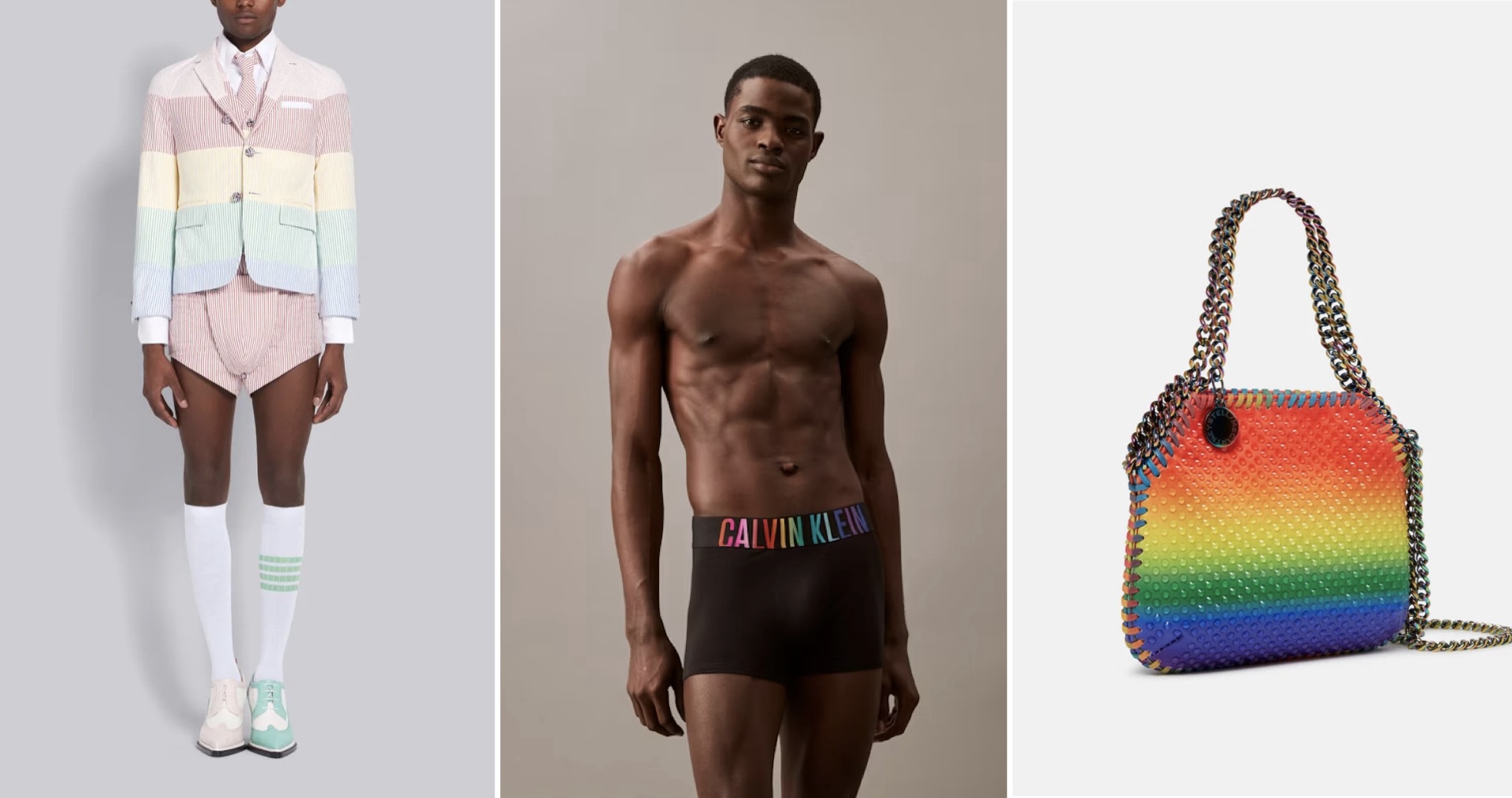
Image courtesy of Thom Browne, Calvin Klein, Stella McCartney
Another remarkable contribution from the LGBTQIA+ community to the fashion industry is the vibrant and playful use of colours, prominently showcased through the rainbow flag, first flown at a gay pride parade in San Francisco in 1978. This iconic symbol of the LGBTQIA+ community highlights the diverse and lively expressions of identity and has greatly influenced the fashion world.
While fashion designers have long used bright colours, even before the boundaries of gender norms began to blur, it cannot be denied that the acceptance and celebration of sexual diversity have encouraged many brands to experiment with bold new shades and playful designs. Examples include the Falabella Rainbow Crystal Dégradé Mini Tote Bag from Stella McCartney, the Multi-colour Seersucker Rainbow Stripe Sport Coat from Thom Browne, and various collections from Calvin Klein. These creative ideas and innovations have partly emerged from the pioneering spirit and acceptance of the LGBTQIA+ community, driving the fashion industry to embrace and celebrate diversity more openly.
Unparalleled Creativeness
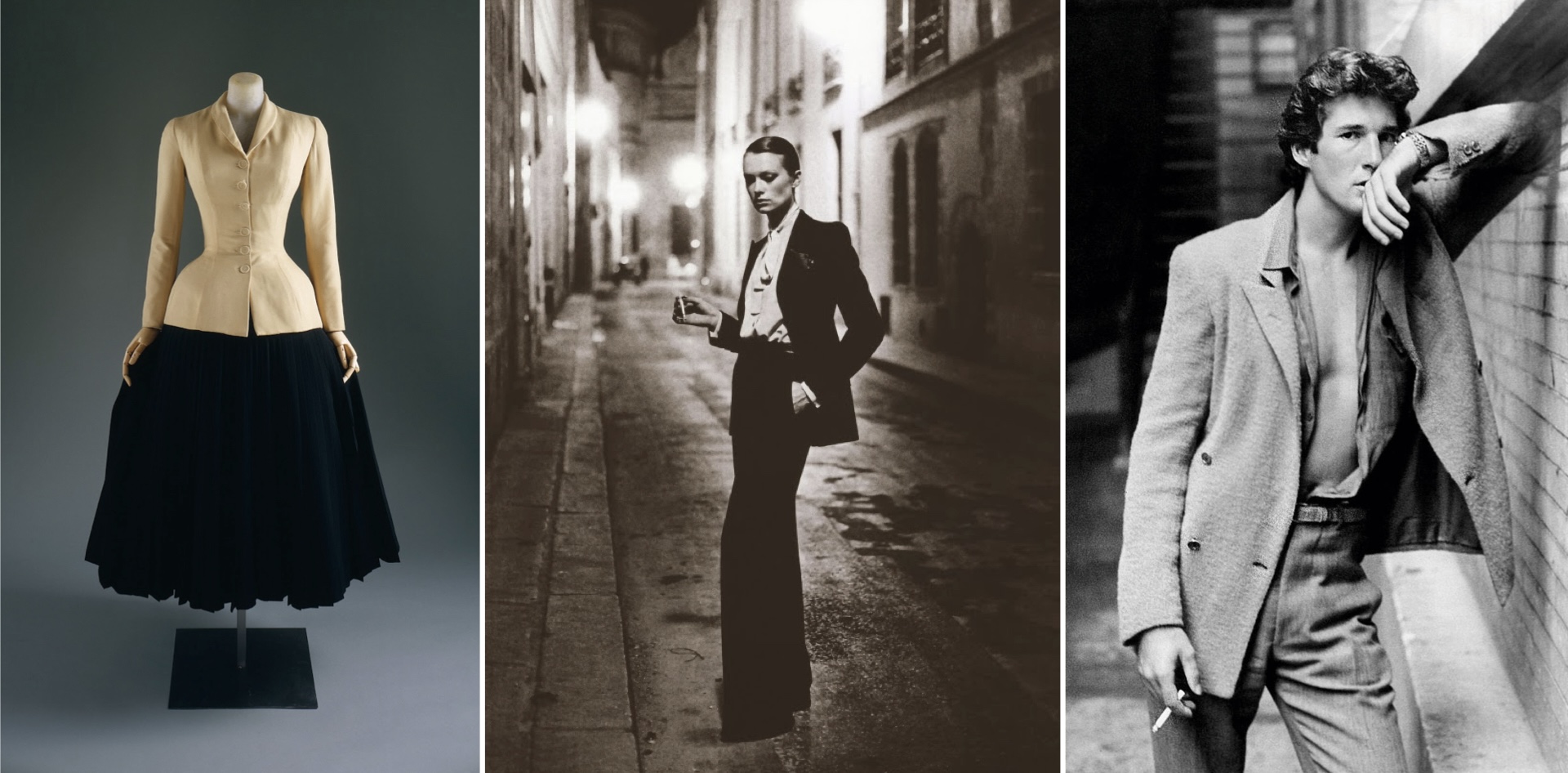
Image courtesy of Google Arts & Culture, onwardcouture, IMDB
For this final topic, it might be more accurate to say that the LGBTQIA+ community has not so much "initiated" but rather "driven" one crucial element in the fashion industry “Creativity.” Numerous works by LGBTQIA+ designers have become legendary in the world of fashion. For instance, Tom Ford revived Gucci from the risk of bankruptcy in 1990, Giorgio Armani introduced the famous unconstructed suit, Christian Dior revolutionised fashion with the New Look skirt, Karl Lagerfeld cemented his legacy at Chanel, and Yves Saint Laurent marked his legendary work with the iconic Le Smoking suit. Given these significant contributions, it is not an exaggeration to say that many of the world’s legendary fashion designs have been pioneered by creative minds within the LGBTQIA+ community. Their influence has been integral in shaping modern fashion’s vibrant and dynamic landscape.






















